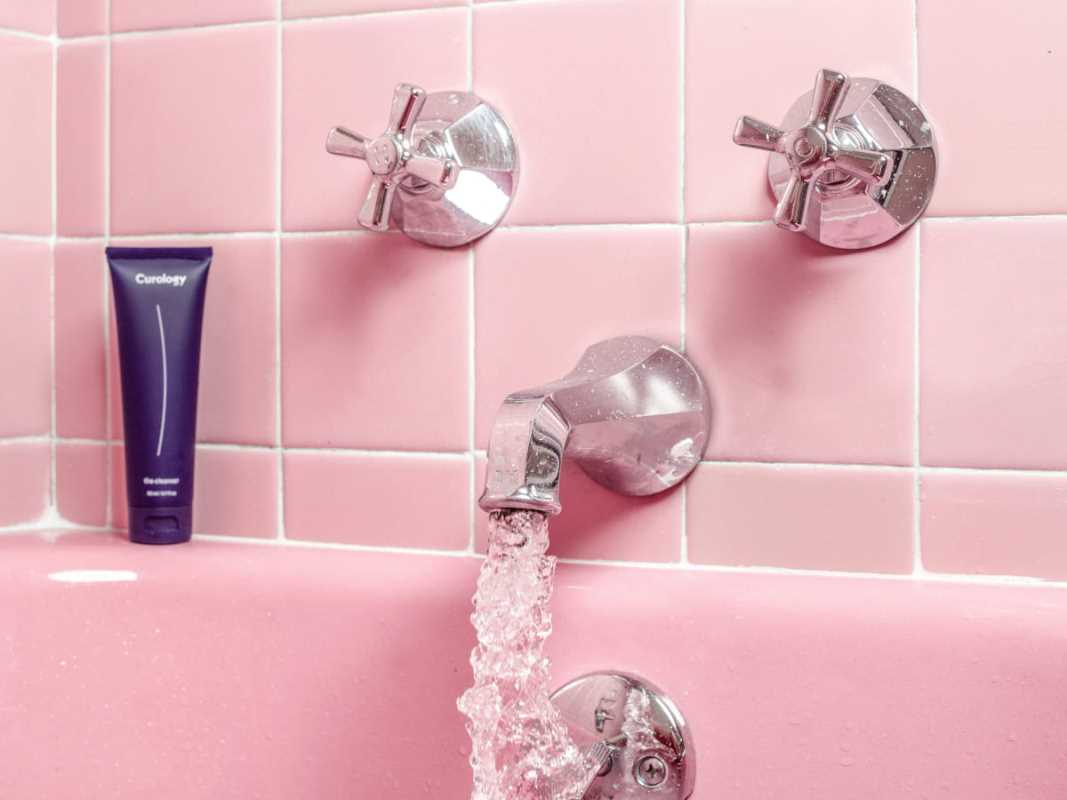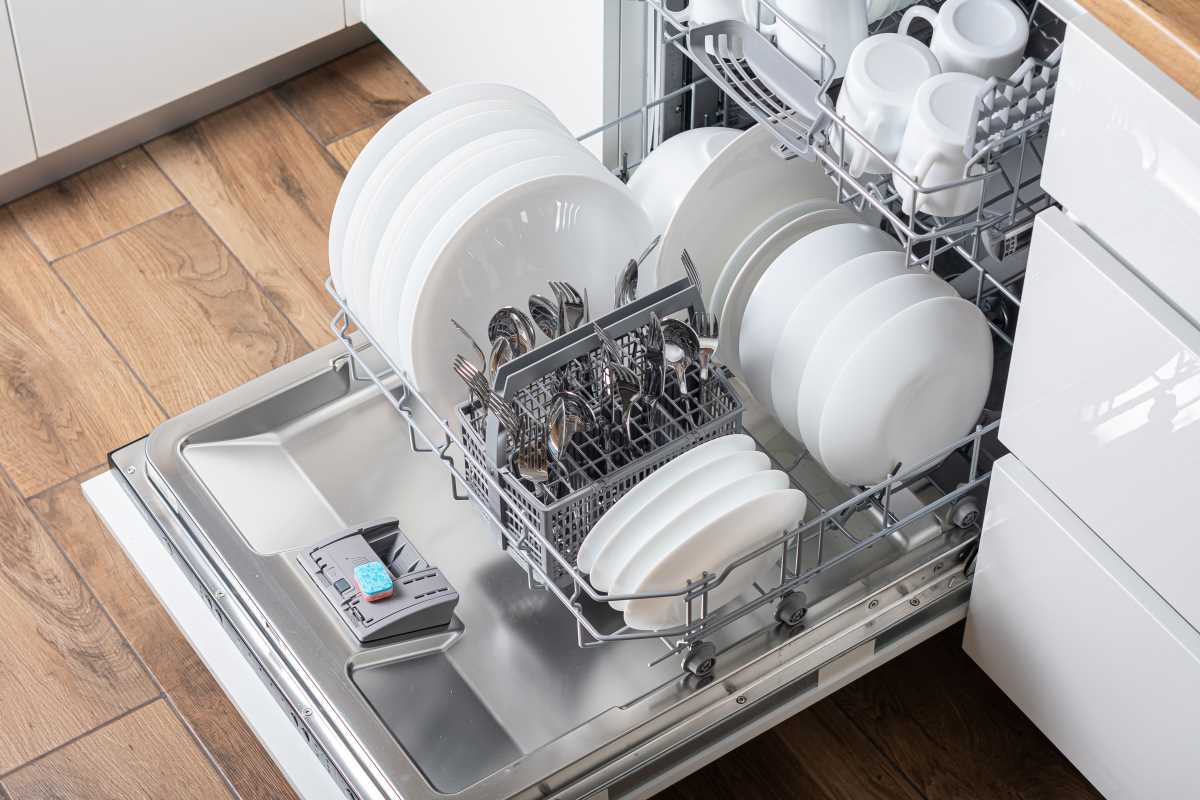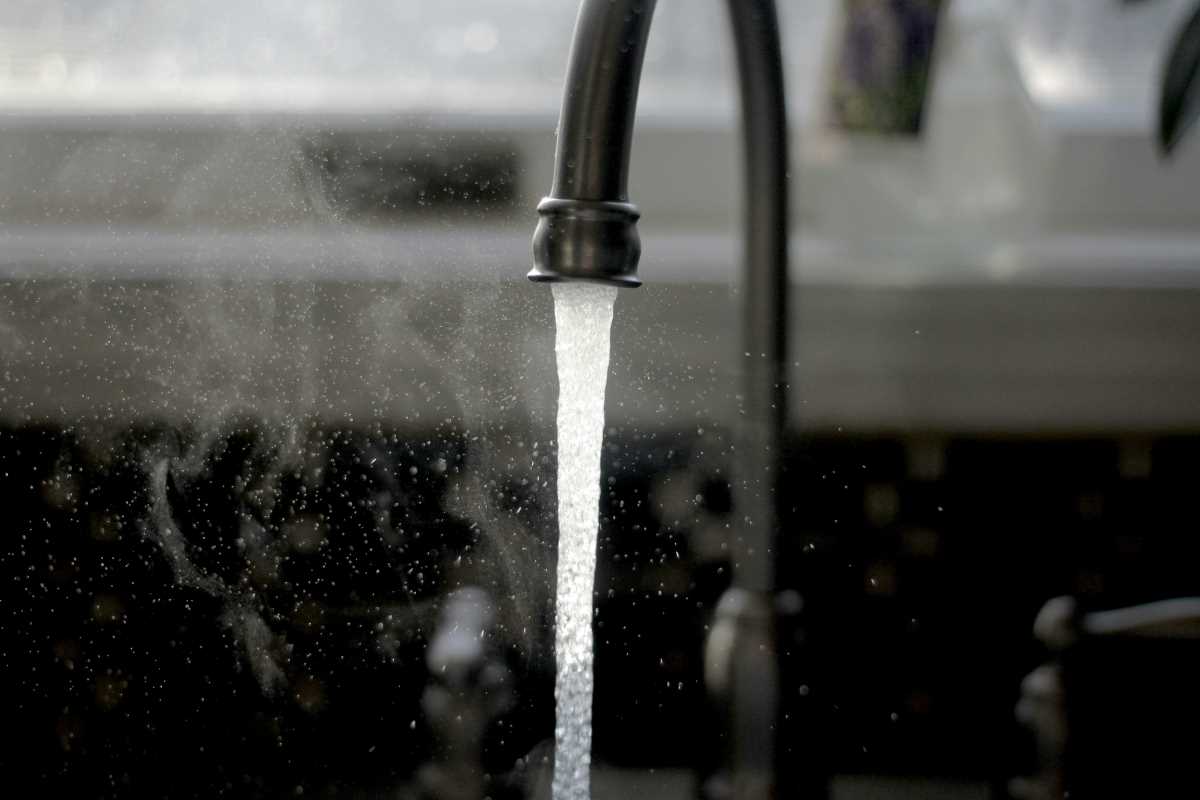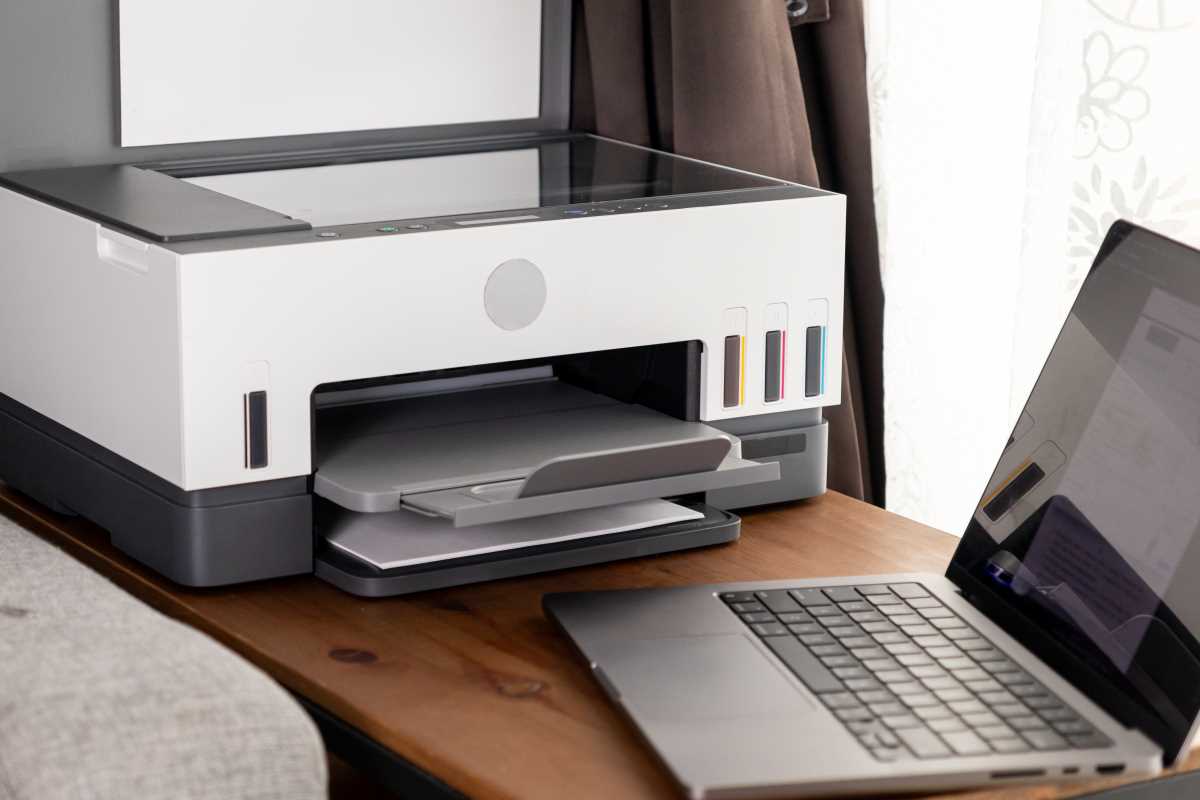Grout may seem like a small detail in a bathroom's overall design, but it plays a big role in both functionality and appearance. Over time, bathroom grout can become stained, cracked, or deteriorated, leaving the tiles looking dull and less clean. Beyond aesthetics, damaged grout can allow moisture to seep into walls or floors, leading to problems like mold or water damage. Fortunately, fixing grout doesn’t always require calling in a professional. With the right tools, materials, and a little guidance, it’s possible to make grout repairs yourself and restore the bathroom’s fresh, polished look.
Assess the Condition of the Grout
The first step in any grout repair project is evaluating its current condition. Grout can become discolored due to years of dirt, soap scum, and moisture, but stains don’t necessarily mean it needs replacement. Minor discoloration can often be cleaned, while cracked or crumbling grout typically requires more extensive repairs.
Check for chips, gaps, or loose sections of grout. Pay attention to areas where the grout is completely missing or where water could easily penetrate, such as around bathtubs, sinks, or shower walls. If mildew or mold is visible, it may indicate deeper moisture issues that must be addressed along with the grout repair. Understanding the extent of the damage will help determine whether cleaning, spot repairs, or a complete re-grouting is necessary.
Gather the Right Tools and Materials
Successful grout repairs depend on using the right tools. Basic repairs often require simple items like a grout saw or scraper to remove old grout, a grout float to apply new grout, and a sponge for cleanup. Pre-mixed grout is available for smaller repairs and eliminates the need for mixing powdered grout. For larger areas or color-matching needs, powdered grout can be mixed and adjusted as needed.
Keep a grout sealer handy to protect the new grout once the repair is complete. Sealing is essential for waterproofing and ensuring the grout stays clean and durable over time. Other helpful materials include gloves, painter’s tape, and a caulk gun if touch-ups near edges or joints are needed. Having everything on hand before starting the repair ensures a smooth process without interruptions.
Remove Old or Damaged Grout
If the grout is cracked, loose, or beyond cleaning, it needs to be removed before fresh grout can be applied. Use a grout saw or oscillating tool to carefully scrape away the old grout. Work slowly and stay within the grout lines to avoid chipping the surrounding tiles. For stubborn areas, applying gentle pressure and making multiple passes often helps.
Removing grout can generate dust and mess, so take steps to protect nearby surfaces and fixtures. Cover nearby areas with painter’s tape or drop cloths for easier cleanup. Wearing safety goggles and a mask is recommended to protect against debris during this part of the process.
Reapply New Grout
With the old grout cleared away, the surface is ready for fresh application. Start by preparing the grout according to the manufacturer’s instructions, whether mixing powdered grout with water or using a pre-mixed solution. Choose the right type of grout for the job, such as sanded grout for wider lines or unsanded grout for narrow gaps.
Using a grout float, spread the mixture across the tile surface, pressing it firmly into the gaps. Work in small sections to ensure the grout bonds properly and doesn’t dry out before being smoothed. Wipe away excess grout from the tile surface with a damp sponge, rinsing the sponge often to avoid leaving a haze behind. Once the grout is applied evenly, allow it to cure as instructed, which typically takes 24 to 72 hours depending on the type.
Seal the Grout for Long-Lasting Results
After the grout has fully set, applying a grout sealer adds a finishing protective layer. Sealing is especially important in areas prone to high moisture, such as shower walls or bathroom floors. It prevents water and stains from penetrating the grout, keeping it looking clean and fresh.
Using a small brush or applicator bottle, apply the sealer evenly along the grout lines. Wipe away any sealer that gets onto the tiles to prevent it from leaving a residue. Allow the sealer to cure as specified on the product label. Sealing every year or two helps maintain the grout’s durability and appearance over time.
Touch Up Joints and Edges
Completing grout repairs often involves addressing areas where grout meets other surfaces, such as along the edges of walls or around fixtures. Silicone caulk works well for creating a flexible, waterproof seal in these areas. Applying caulk after sealing the grout ensures both elements work together to provide maximum protection.
Use a caulk gun to apply a smooth, even line of caulk along the seams, then shape it with a finger or caulking tool for a clean finish. Allow the caulk to dry completely before exposing the area to water or heavy use.
Maintain Grout to Prevent Future Issues
Once grout repairs are complete, regular cleaning and maintenance help preserve the fresh look and prevent further problems. Avoid harsh cleaners that can erode the grout, opting instead for gentle cleaning solutions and soft brushes or sponges. Wiping down tiled surfaces after use minimizes moisture buildup and reduces the risk of mold or mildew.
Inspecting grout lines periodically and addressing minor issues promptly makes it easier to keep the bathroom looking its best. Spot cleaning or resealing small areas as needed helps extend the life of the grout and avoids the need for more extensive repairs down the line.







